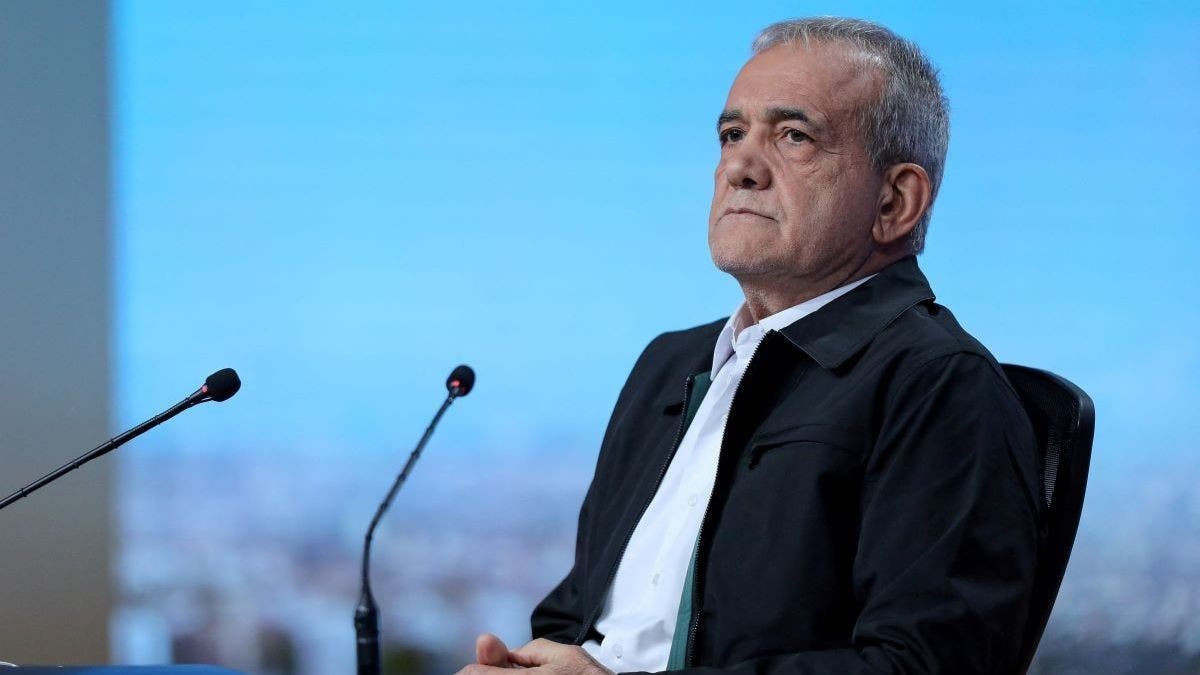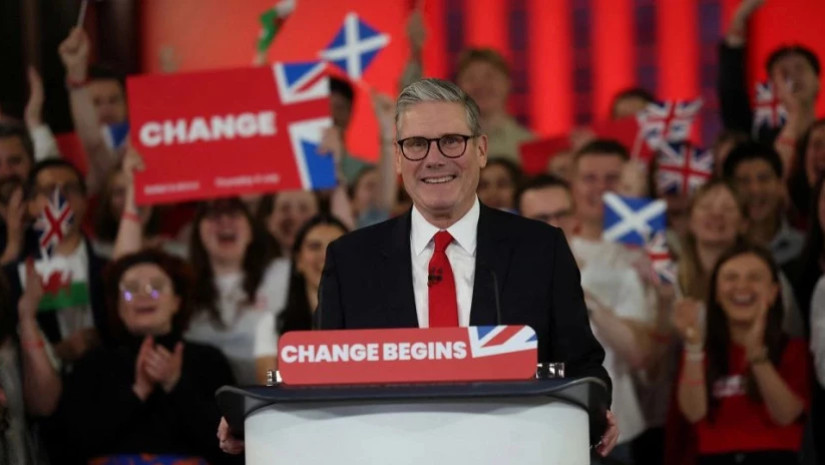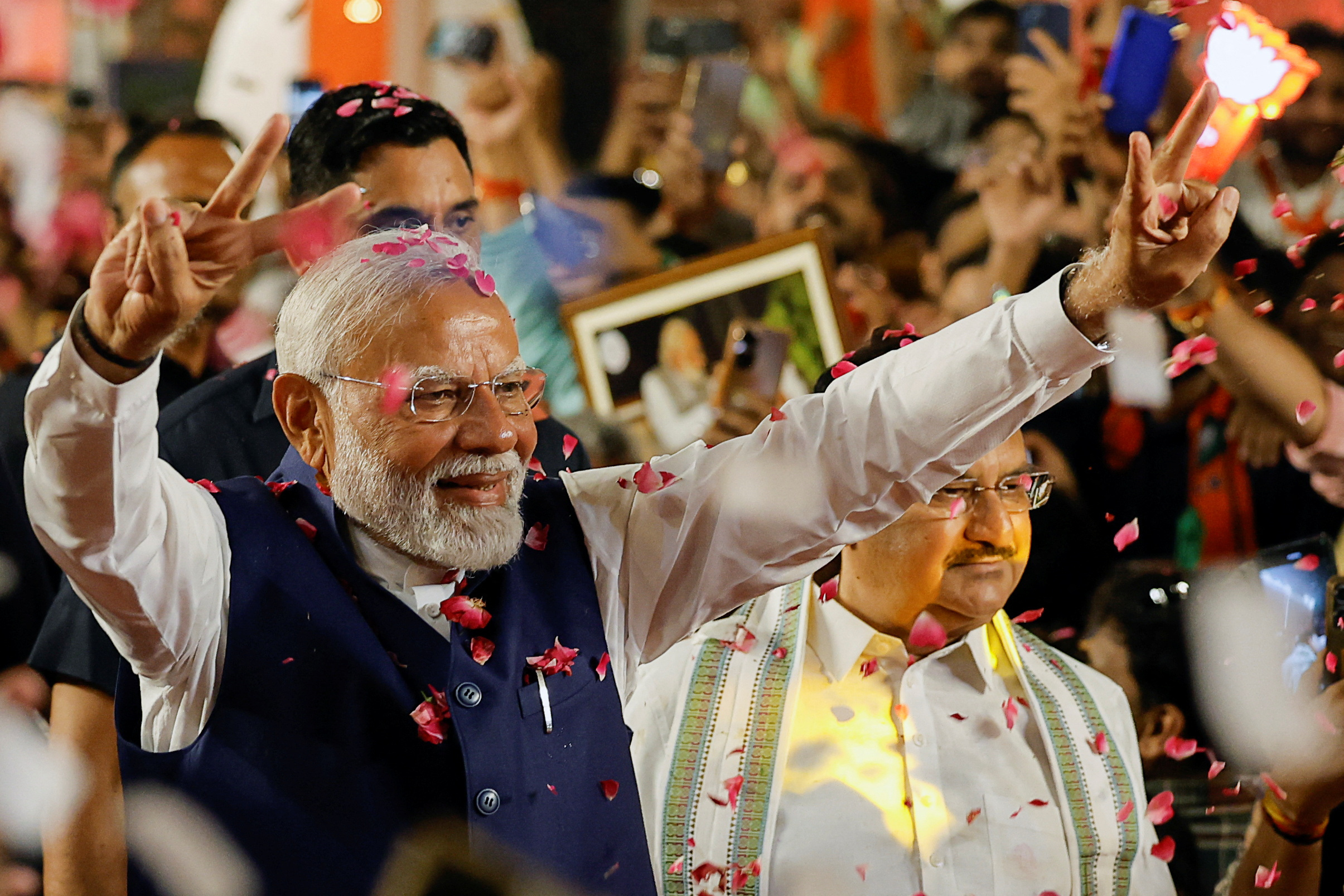North Korea, officially known as the Democratic People’s Republic of Korea (DPRK), operates as a single-party socialist state. The country’s political system is unique and differs significantly from democratic systems found in many other countries. Here is some information about the political structure in North Korea:
- Supreme Leader: The highest position of authority in North Korea is held by the Supreme Leader, who serves as the head of state and government. The Supreme Leader has significant powers and is the ultimate decision-maker in all matters of the state. As of my knowledge cutoff in September 2021, Kim Jong-un serves as the Supreme Leader of North Korea.
- Workers’ Party of Korea: The Workers’ Party of Korea (WPK) is the ruling political party in North Korea. It is considered the leading and only legally recognized political party in the country. The WPK exercises control over the government, military, and other important institutions.
- Supreme People’s Assembly: The Supreme People’s Assembly (SPA) is the highest legislative body in North Korea. It is a unicameral parliament consisting of deputies who are elected by popular vote. However, it is important to note that the electoral process in North Korea is tightly controlled, and the ruling party typically ensures that its candidates are elected.
- Elections: Elections in North Korea are held periodically to select deputies for the Supreme People’s Assembly. However, the electoral process is heavily regulated and controlled by the ruling party. The candidates are usually pre-approved by the party, and citizens have limited choices in selecting their representatives.
It is important to mention that the political situation and information about North Korea can be highly restricted and subject to limited external verification. Access to accurate and up-to-date information about the country’s political system may be challenging.



